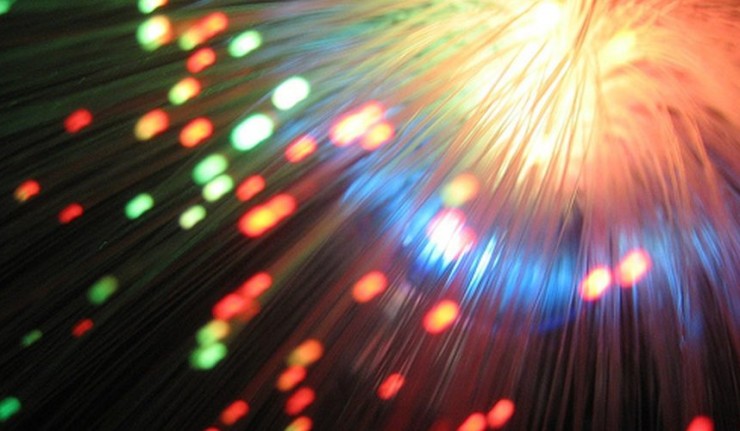A struggle against nature and its elements is a part of the story of mankind. Since its inception, the medical profession is aimed to shore up humanity’s defenses against deadly diseases, ailments, injuries, and illnesses. The most integral part of any doctor’s arsenal against viruses and bacteria when diagnosing and treating ailments is the ability to acquire accurate and rapid information. Thus, instruments that doctors have at their disposal hold great importance and it is imperative that current research enables the evolution and improvement of such tools that will lend medical professionals as much aid as possible.
Consider glucometers, blood pressure sensors and other point-of-care (POC) devices; each instrument enables physicians to garner vital insights for developing health prognosis of patients. Such devices are of vital importance primarily because patients need not travel to other locations to acquire scans or tests before receiving treatment. X-ray and Nuclear Magnetic Resonance (MRI) scanners lend even more insights when these are available at a hospital where a patient is being treated. Thus, it can be extrapolated that reliable devices that yield a greater depth of information are highly desirable in a profession where more data is always helpful in diagnosis and consequently saving lives. Another advantage of such POC devices is that they are quick in their response. Due to their simplicity, an input stimulus usually returns quick results that can be used to analyze and perform any alterations to an ongoing treatment.
However, it is exactly this simplicity that constitutes a disadvantage of such devices. Complicated conditions that display erratic and varying symptoms can be difficult to diagnose correctly and the capability of such devices is usually insufficient; thus, more expensive and time-consuming tests which include detailed bloodwork and CAT scans are utilized. This is where the potential of optical biosensors is intriguing in such systems as these can be extremely fast, precise, and reliable in characterizing material properties and characteristics.
An optical sensor is a device that uses light as a probe to detect and/or provide information about a specific event. Optical sensors find applications in numerous sectors, e.g. healthcare, pharmaceutics, environmental monitoring, agriculture and security. In these applications, the principle requirements are that the sensor should be (i) sensitive, (ii) real-time,
(iii) specific, and (iv) inexpensive. Interdisciplinary approaches are required to fulfill all
these requirements. To motivate this, a conceptual diagram of the sensor is shown in
Fig. 1, i.e. a team of engineers, physicists, biologists, chemists, biochemists, microfluidics experts and professionals from a target application industry are required to make a
successful sensor.

Figure 1: A conceptual picture of optical sensors
The potential of optical biosensors is exciting because rapid research into optical science entails that the realm of possibility for their utilization can be extended into the realm of preventative diagnosis and treatments wherein disease vectors can be readily identified.
Imagine a world, usually depicted in Sci-Fi movies to some extent, where a patient entering a doctor’s clinic will not be sent to diagnostic labs for testing but instead the doctor will utilize a biosensor for scanning the patient’s health. Such a scenario will not only improve the quality of people’s lives but will also dramatically reduce the financial burden on the health sector of a country. It is not imprudent to predict that diagnostic labs will start becoming obsolete in the future and we will be seeing innovative POC testing devices for a variety of diseases including Tuberculosis, HIV, Hepatitis, Malaria and Cancer. Such devices will find vast usage in Pakistan where health problems in society are rampant and there exists a need for fast and accurate diagnosis that can aid both patients and medical healthcare professionals.


Excellent writeup. Novel concept in Pakistan which would surely usher in a new era of technological innovation.